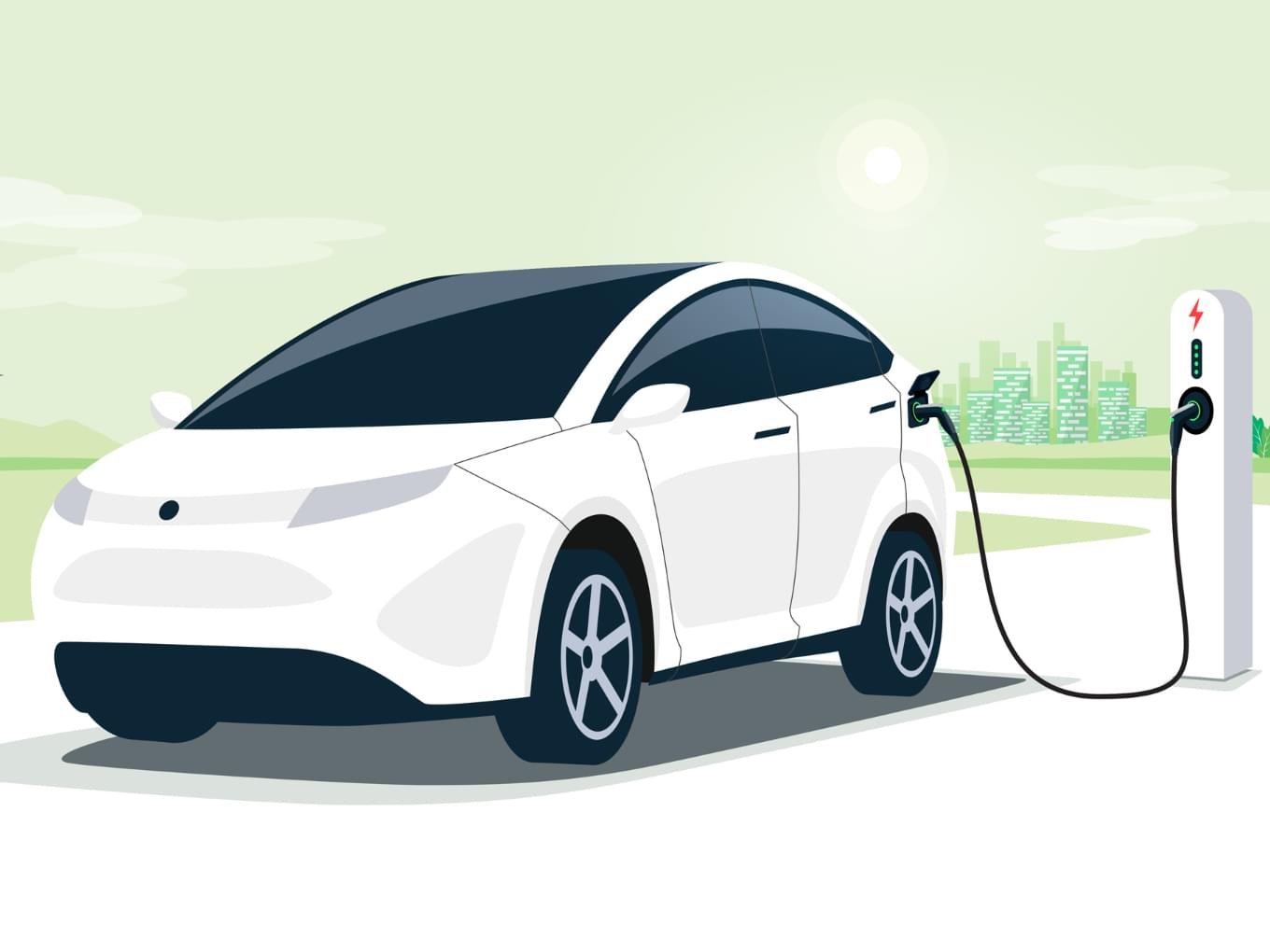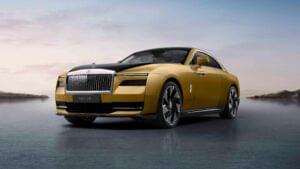Robert Anderson created the first electric vehicle (EV) in the world back in 1832, marking a crucial turning point in history. Since then, all passenger and commercial cars have primarily used gasoline or diesel as their fuel, with electric vehicles (EVs) appearing to be a thing of the past.
Yet, consumers are now choosing greener options in many facets of life, with EVs playing a key role in initiatives to decarbonize transportation. Almost 6.5 million homes will purchase an electric or plug-in hybrid vehicle in the next five years, according to energy regulator Ofgem, which predicts that one in four UK families will purchase an EV.
Just take a look at this year’s CES, which was dominated by EV news, to see that there is more motivation than ever to get behind the wheel of an EV. In addition, the UK government has pledged to stop selling new gasoline and diesel vehicles by 2030, a milestone that would fundamentally alter the EV industry. Not only the UK, but the rest of Europe is also moving in the same direction; by 2030, there will likely be 33–40 million electric vehicles on European roads.
It is simple to understand why electric cars are quickly taking over the market thanks to their lower operating costs, lack of congestion fees in an increasing number of places, and a reduction in greenhouse gas emissions. EVs provide a wide range of advantages, but there are still challenges to be solved before widespread adoption becomes a reality.
Removing obstacles
The 2030 and 2050 Net Zero emissions targets must be met, according to the International Energy Agency (IEA). Those who charge a second EV at home might not have a problem with the infrastructure, but heavy-duty vehicles, which currently cost more than their diesel-powered counterparts up front, require changes the most. Thus far, China has been the only major market for electric heavy-duty trucks.
According to the IEA, a large portion of the overall demand will likely be met by charging at homes and places of employment, but to reach the levels anticipated and give consumers adequate and practical coverage, the number of public charge points must still increase ninefold to reach over 15 million units in 2030. The charging infrastructure varies greatly between countries in Europe and other parts of the world. Inadequacies for EV charging points, some of which are even broken or unusable, are also being alluded to by consumers, and this is where EV related services providers can play a significant mitigating role.
Batteries and other crucial EV parts have also been impacted by supply chain problems. However, as technology and sourcing for batteries in particular advance, they might be resolved in the medium to long term, making it possible to find chances for diversification.
EV momentum increases
Range anxiety and insufficient charging were major problems when EVs first entered the market, but both are now becoming better as a result of increased governmental and private sector investment. A start in the right direction toward preparing motorways and major A road service area operators for EVs is the UK government’s £950m (US$1.1bn) rapid charging fund. This includes aims to guarantee that every motorway service stop in England has at least six rapid charge outlets by 2023.
Also, the US Energy Information Administration (EIA) forecasts that the number of electric vehicles (EVs) would increase from 0.7% of the world’s fleet of light duty vehicles (LDVs) in 2020 to 31% in 2050, totaling 672 million EVs. By 2030, nearly every automaker in the world plans to electrify all of their models.
The predicted savings from EV maintenance costs are alluring for commercial vehicle fleets that operate on slim margins. EVs use less gasoline, and many drivers say they have a smoother drive. In the UK alone, the anticipated annual tax and maintenance costs are 49% lower than for ICE cars.
There is truly a 360-degree benefit as sustainability becomes more and more important to shareholders and investors. Logistics and retail companies will naturally strive to improve their reputation by investing in EVs.
The future route
In addition to their proven ability to cut carbon emissions and aid in the achievement of net zero targets, EVs are becoming increasingly popular around the world as an increasing number of nations impose sales restrictions on new diesel and gasoline vehicles.
A fifth of new car sales in the second half of 2022 will be accounted for by EVs, even though there are still obstacles to overcome. While commercial demand is anticipated to balance supply as firms weigh the advantages of switching to electric against the time and expense involved, adoption may be slower than anticipated. Yet it’s obvious that the growing trend in EV adoption won’t be slowing down any time soon.
In a sense, the epidemic represented a stakeholder crisis. Leaders declared, “We must ensure the safety of both our employees and customers.”
The fact that the whole opposite occurred—the epidemic was, in a sense, a stakeholder crisis—stunned me. Leaders stated, “We must ensure the safety of both our clients and employees.”
I think that’s when I thought, “Wow, this is genuine. This is permanent. Not a fad, this. This dynamic is driven by underlying commercial pressures. And it won’t disappear any time soon. That might not have given us the immediate relief we sought, but it won’t go away either.
Cost, home-based charging, vehicle range and cheap housing, and rural charging are four typical obstacles to increasing the use of electric vehicles among vulnerable communities.




